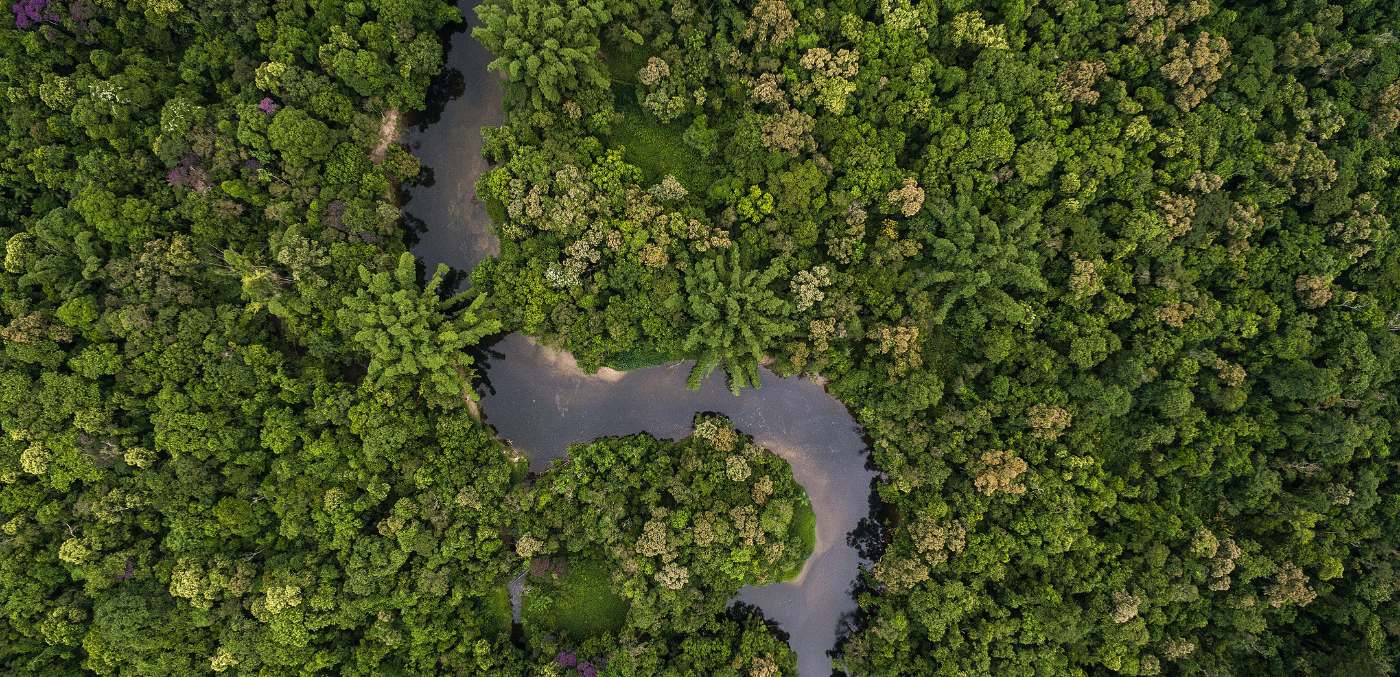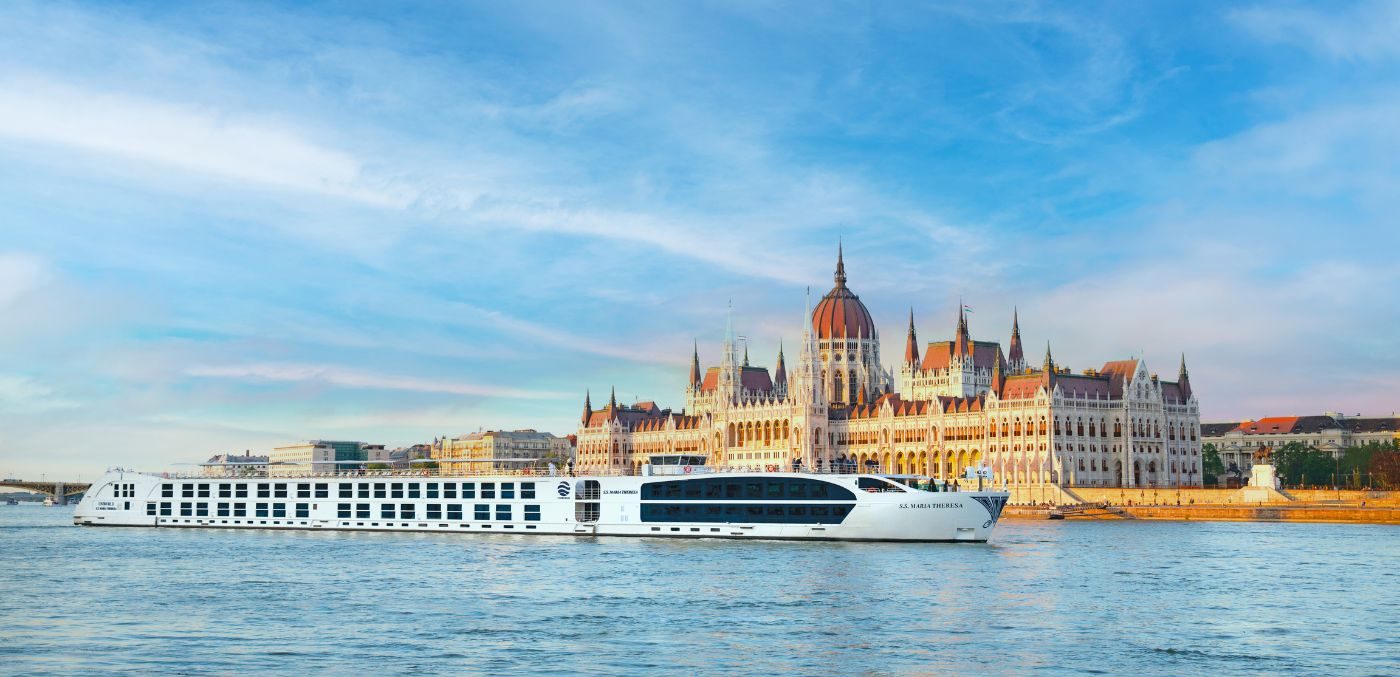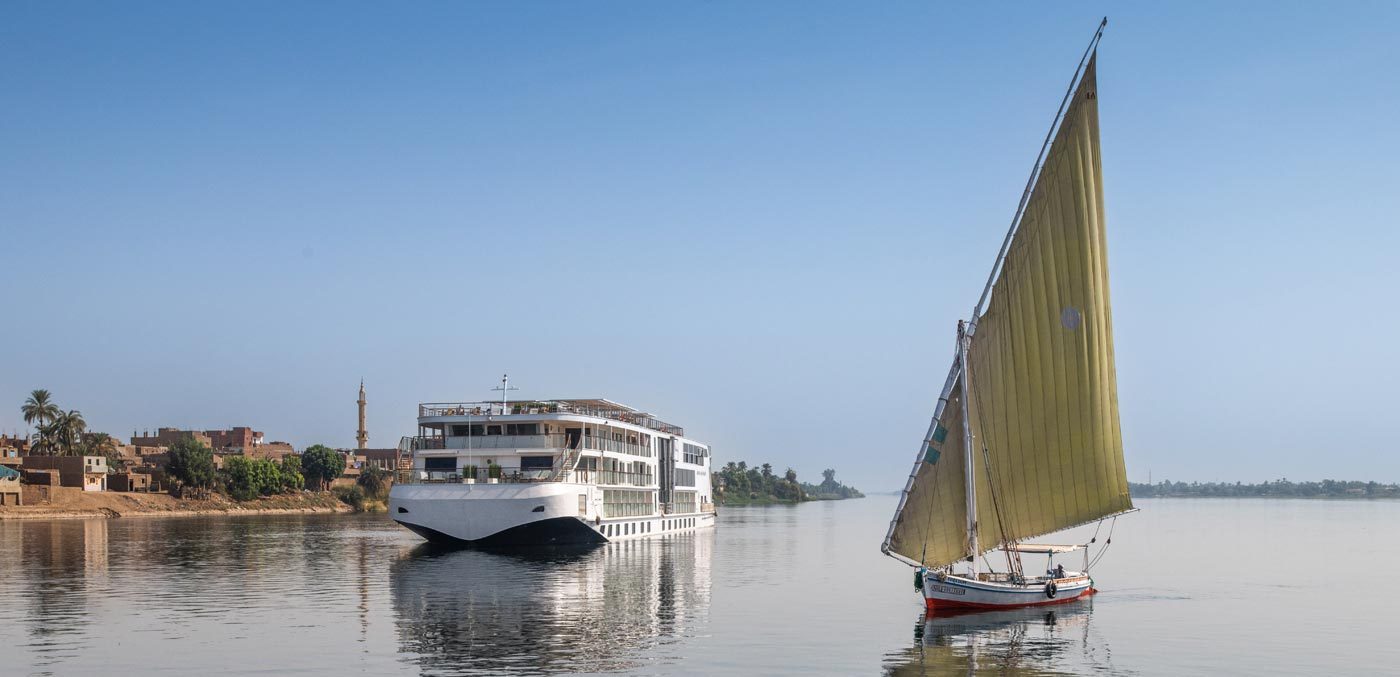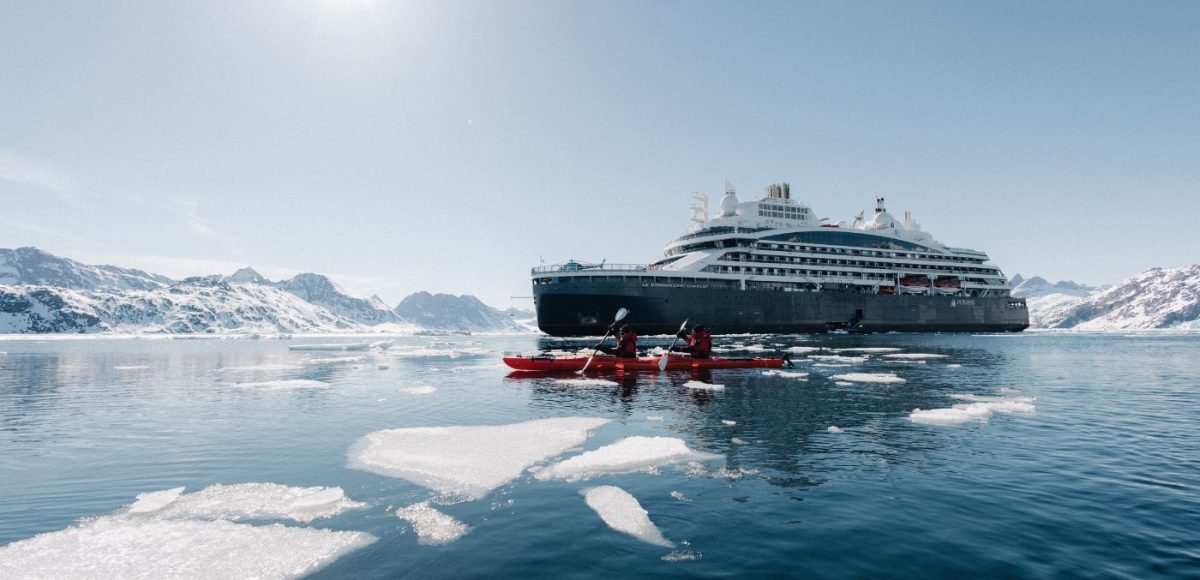Alex Simpson discovers some of nature’s most endangered destinations and wildlife, and successful environmental projects in renewal which dare to dream of an ecological renaissance.
Traditional communities of the Amazon
Deforestation, land encroachment, and illegal logging have long cast shadows over the Earth’s most vibrant tropical rainforests. Not only home to a spectacular ecosystem of jungle plants and wildlife, the Amazon is also where most of the world’s last uncontacted tribes reside. These Indigenous communities have had little or no sustained interaction with the developed world, and it’s estimated that close to 100 of these tribes live traditionally in secluded pockets of the Amazon. That these communities continue to exist in 2023 is an anthropological marvel. But their future will no doubt be threatened should the Amazon’s natural boundaries continue to recede.
Be a force for good
Explore the Amazon with operators like Delfin Amazon Cruises, which employs local guides and sources handicrafts and produce from local communities.
Melting ice in the North & South Poles
The White Continent and the Arctic share an uncertain fate, as melting ice, coastal erosion, and vanishing glaciers wreak havoc on their delicate ecosystems. In January this year, 1,550 square kilometres of the Brunt Ice Shelf in Antarctica broke away – its drifting surface now known as Iceberg A-81. In the Arctic, shrinking sea ice is leaving polar bears hungry. As their platforms for hunting prey diminish, polar bears are increasingly entering human settlements to find food, so much so that in the Canadian province of Manitoba, the polar bear jail or “Polar Bear Holding Facility” has 28 cells to detain troublesome polar bears in the hope that they will be discouraged from returning to the human-inhabited streets of Churchill.
Preserve polar wonder
Travel with companies like Ponant where you can join scientists in critical environmental project research to save polar bears.
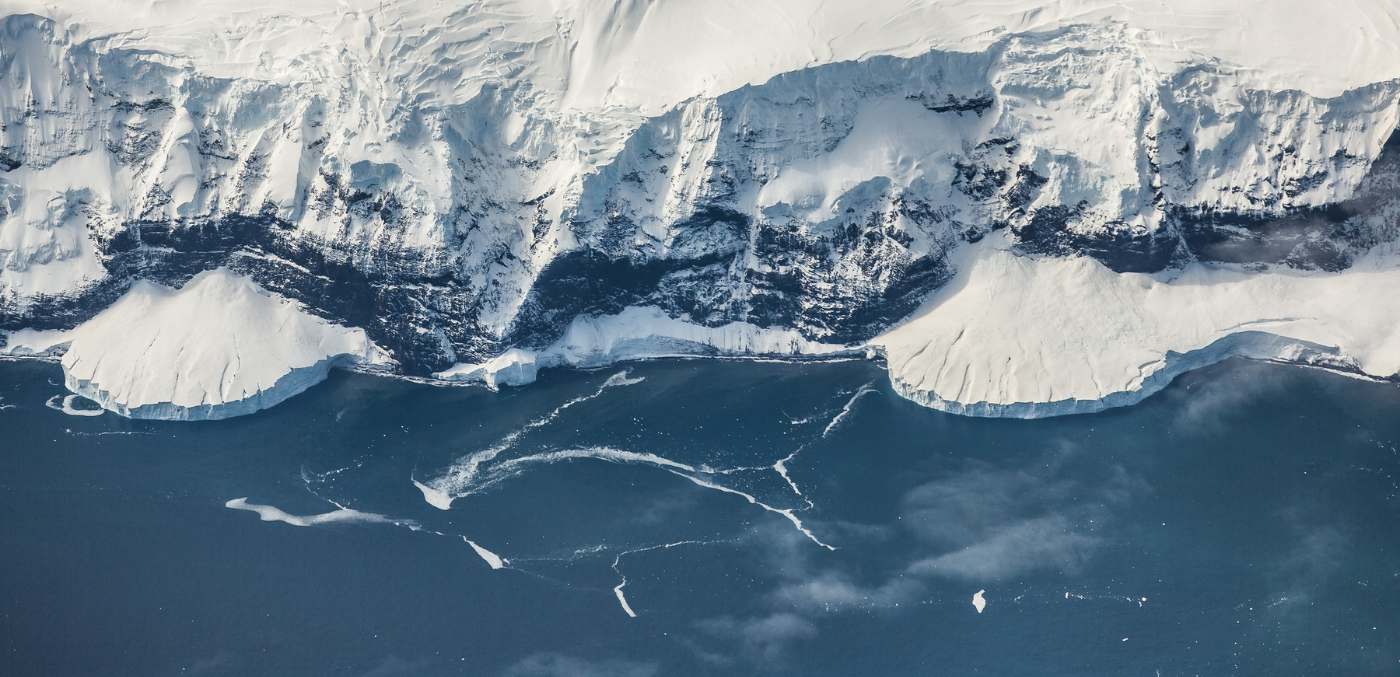
Alpine ecosystems at risk
Rising sea levels will likely render many island nations sinking beauties. Should the world’s ice continue to melt, bringing with it rising temperatures, alpine regions will also be prone to substantial environmental distress. In the United States’ Southern Rocky Mountains, winters and periods of snowfall, on average, are shorter today 01 than they were in the 1980s. In the face of climate change, these biodiverse mountain ecosystems face heightened vulnerability, as higher elevations warm faster than low-lying areas. Trapped in their uphill abodes, alpine species such as the pika face limited opportunities for upward migration.
Elevate your impact
Stay at sustainable ski resorts such as Jackson Hole in the USA, which transitioned to 100 per cent green power for all its facilities, lifts and base operations in 2019.
Critical water levels in the Aral Sea
Beyond the well-known destruction of the Earth’s reefs lies a web of lesser known aquatic ecosystems grappling with the repercussions of unsustainable practices. A kilogram of cotton requires up to 22,500 litres of water to come to harvest. Over-irrigation of this thirsty crop saw the Aral Sea, once the world’s fourth largest lake, lose more than 90 per cent of its water from the 1960s onwards. Recent regeneration efforts have since seen the sea’s water level rise and the reappearance of fish, but the Aral remains a parched echo of its former glory.
Sustainable style
Eschew cotton for more eco-friendly fabrics like linen, hemp, recycled cotton, bamboo, TENCELTM, Lyocell and recycled wool. Support environmental projects such as goodonyou.eco

Rhino and elephant species in danger
Three species of rhinos and the African forest elephant are particularly vulnerable to extinction. The Javan rhinoceros is one of the most imperilled species in the world, its dwindling population confined to the western tip of Java and scarcely numbering 100 in the wild. Only two known northern white rhinos exist today, both female and in captivity, making this subspecies functionally extinct. For these rhinos and elephants, poaching and habitat loss remain the leading threats to their future existence.
Journey with purpose
Travel on one of Adventure World’s Conservation Collection trips and be assured that all wildlife encounters are endorsed by World Animal Protection.
Big cats threatened by illegal poaching
Only around 100 Amur leopards are believed to exist today. Found in northern China and southeastern Russia, these critically endangered big cats are illegally poached for their fur and with their skins nefariously fetching up to $1,000 each, a trifling sum of just $100,000 could see this beautiful subspecies wiped out forever. The Sumatran tiger is the only remaining population of the Sunda Island tiger subspecies, with groups in Bali and Java having become extinct in the 1950s and ‘70s respectively. Habitat loss and illegal trade continue to threaten the remaining tigers and it is estimated that only about 400 live in the wild today.
Safeguard the cats
Stay at Port Lympne’s exclusive Leopard Creek, where your neighbours will be a pair of majestic Amur Leopards. Port Lympne, in Kent in the UK, partners with the Aspinall Foundation, which is working to identify possible release sites for Amur leopards in the future.
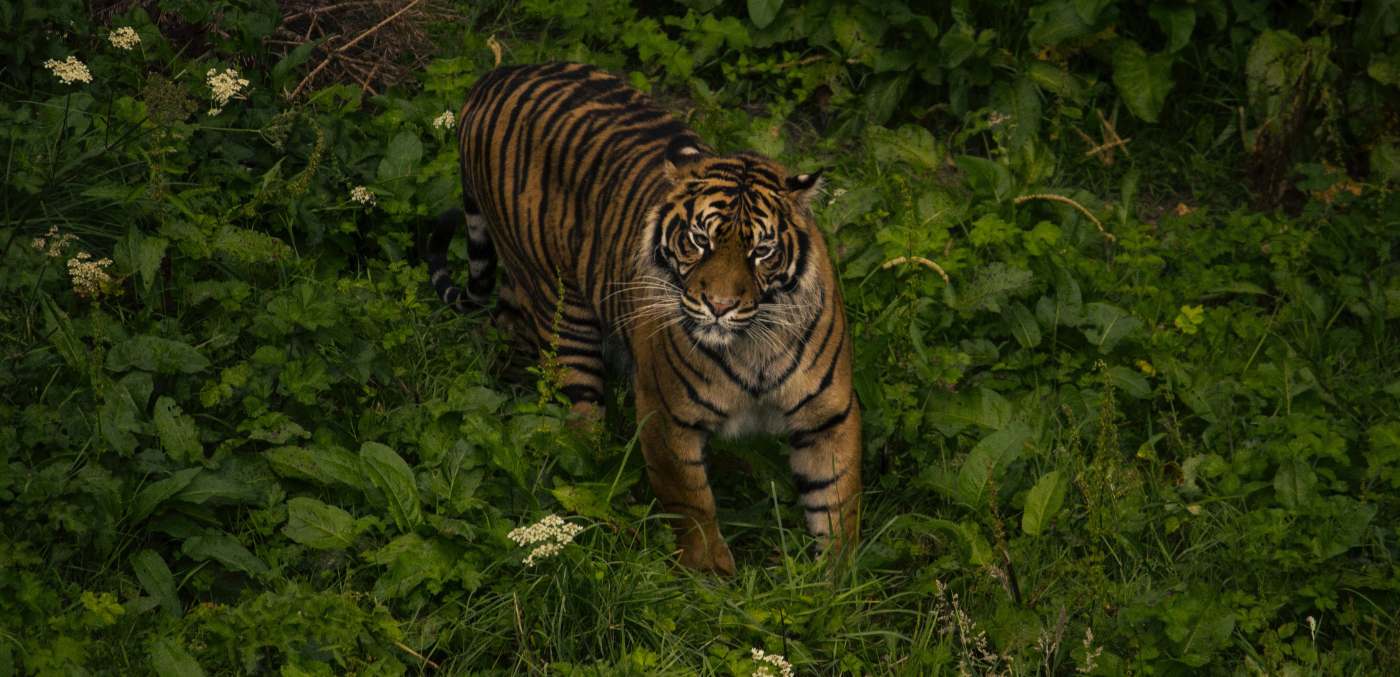
Loss of habitat endangering primates
After chimpanzees and bonobos, gorillas are our closest cousins, sharing 98.3 per cent of their genetic code with us. Like humans, gorillas laugh, feel sadness, use tools and are capable of complex problem solving. While recent conservation efforts saw the mountain gorilla downgraded from critically endangered to endangered in 2018, the other three subspecies remain critically endangered. Poaching, habitat destruction and bushmeat trade threaten gorilla communities. Orangutans are native to the rainforests of Indonesia and Malaysia and in 2017, the Tapanuli orangutan was officially declared a new great ape species separate to Bornean and Sumatran orangutans. With an estimated 800 alive in the wild, the Tapanuli orangutan is the most endangered of all great apes, with land encroachment and hunting threatening their existence.
Gorilla guardians
Opt to stay at retreats like Singita Kwitonda Lodge in Rwanda, which actively engages in gorilla conservation and works to preserve the local ecosystem and forests.
Illegal fishing & hunting of marine life
The vaquita is the world’s rarest marine mammal. This little porpoise was discovered in 1958 and is endemic to Mexico’s Gulf of California. Illegal fishing has caused the species’ population to plummet to an astonishingly meagre count of only 10 individuals remaining in existence today. With a far larger territorial range, the hawksbill sea turtle is found in warm tropical waters worldwide. Illegally hunted for their beautiful carapace shells and meat, the turtles’ critically endangered status is also due to pollution and a diminishment of coastal areas on which to nest.
Turtle rescue
Among its many conservation initiatives, Four Seasons Resort Maldives operates the Turtle Rehabilitation Centre, rescuing hundreds of turtles and returning most to the wild.
Environmental projects worth celebrating
By 1992 in Mozambique, 15 years of civil war had devastated the nation’s wildlife populations. Soldiers killed any and all creatures for sustenance and currency, trading ivory for arms. In Gorongosa National Park, an estimated 100 hippos, 15 African buffaloes, six lions and a minute count of blue wildebeest remained among other dwindling animal groups. Then, in 2004, the ambitious Gorongosa Restoration Project was launched, and today, the Park’s wildlife is flourishing. Over 600 elephants forage woodlands, growing herds of impala, nyala and kudu roam savannahs, and more than 900 hippos wallow in Lake Urema.
Throughout the world, additional conservation initiatives have yielded impressive results. In the US, a strategic population management program and the banning of a harmful pesticide sparked a resurgence in bald eagle populations. And the reintroduction of grey wolves to Yellowstone National Park in 1995 triggered a cascade of positive ecological changes. Across the Atlantic, the Alladale Wilderness Reserve in Scotland stands as a shining example of “Rewilding,” a growing global practice focused on repopulating areas with native plants and animals to restore ecosystems. This ever-growing list of clever conservation and sustainability projects is to be lauded, and here’s hoping they gain enough momentum to sow the seeds of ecological revival en masse worldwide before it’s too late.
Read more:
This article originally appeared in volume 45 of Signature Luxury Travel & Style magazine. Subscribe to the latest issue today.







